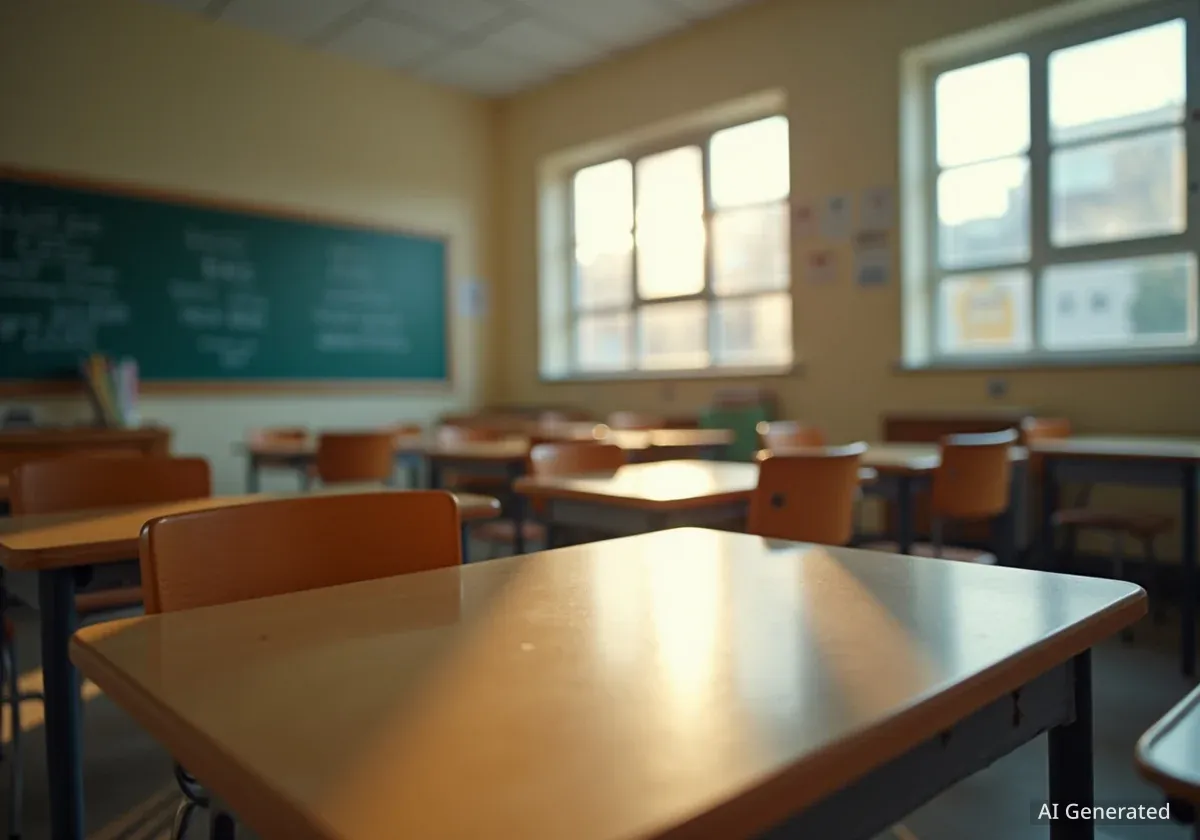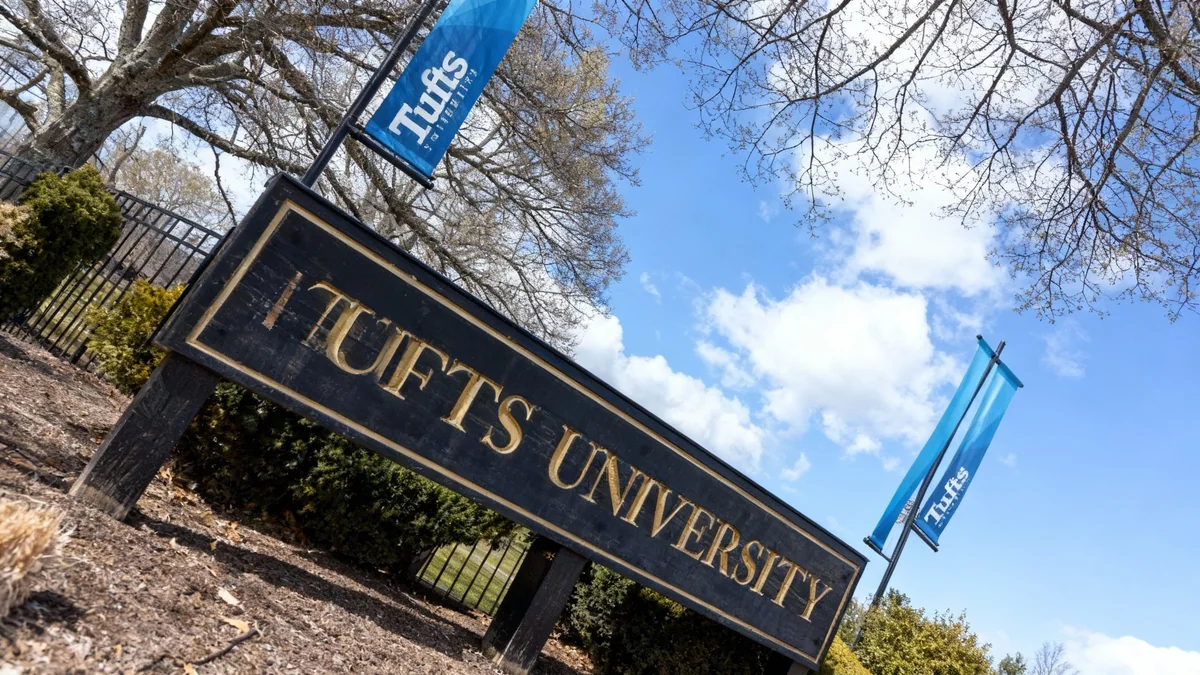In Vermont, where approximately 20% of education funds are directed toward special education, some families are expressing concern about whether the current system can adequately support their children. As the state moves toward a new funding model, parents and administrators are questioning if resources will meet the complex needs of students with disabilities.
Key Takeaways
- Families in Vermont are concerned about the transition of special needs children from specialized pre-K programs to public schools.
- A new state funding formula will allocate money based on the number of special education students and the severity of their disabilities.
- Education administrators worry the new system may not account for the unique, individual needs of each student.
- The debate highlights the tension between inclusive classroom models and the need for specialized, one-on-one support.
A Parent's Perspective on School Transition
For many parents of children with special needs, the transition into public school is a period of significant anxiety. Diego Rendon, a father in Essex, is preparing for his 5-year-old son, who has autism and limited speaking ability, to enter the public school system next year.
His son currently attends a private pre-K program that specializes in teaching children with similar needs. Rendon is concerned about how his son will adapt to a general education classroom environment.
Fears of Social and Academic Challenges
Rendon's primary concerns revolve around social integration and the level of support his son will receive. He worries that other children may not understand his son's condition, potentially leading to teasing.
"When he can’t defend himself, that’s our biggest concern there," Rendon stated.
He also questions the logistics of the support system. "If he’s going to have a specialized teacher follow him throughout the whole day, because that’s what he needs, he’s going to stand out," Rendon explained. He noted that his son requires assistance for basic tasks like using the bathroom and navigating the lunchroom, which necessitates constant supervision.
What is an IEP?
An Individualized Education Plan (IEP) is a legally binding document developed for each public school child who needs special education. The plan is created by a team that includes the child's parents, teachers, and school administrators to outline specific educational goals and the support services the school will provide.
Vermont's Policy on Inclusive Education
The state of Vermont's official policy emphasizes inclusion. The goal is to meet the needs of students with disabilities within the general education classroom as much as possible. From this baseline, Individualized Education Plans (IEPs) are developed to provide additional, specific support.
Mary Lundeen, representing the Vermont Council of Special Education Administrators, said that school-based IEP teams work diligently to ensure a smooth transition for students moving from private pre-K programs into the public system.
"You start to look at, OK, so do they need a pull-out? How much of a pull-out do they need? Do they need someone from outside the school district to come in and work with them?" Lundeen said, describing the process. "This is the type of conversation that will happen with the IEP team."
The Call for More Parental Input
Despite these assurances, some parents feel their voices need to be heard more directly by policymakers. Rendon expressed a desire for state officials to engage with families to understand the full scope of the challenges they face.
"I first hope that they would talk to parents that have kids that need additional assistance to see how vast the issue is," he said. He pointed out the wide spectrum of needs, especially with rising autism rates, which he believes will strain school staffing and resources.
"It’s a wide spectrum... it would be hard for the school to fully cover that, and especially in a given year, with the rates of autism going up, the schools are going to struggle to cover the staff they have there," Rendon added.
Special Education Funding
According to state data, special education services account for about 20% of all education funding in Vermont. This highlights the significant financial commitment involved in providing support for students with disabilities.
A New Funding Formula on the Horizon
The method for funding special education in Vermont is set to change under a new foundation funding formula currently being developed in Montpelier. This new system aims to distribute funds more directly based on student needs.
Under the proposed model, schools will receive more money based on two key factors:
- The total number of special education students they enroll.
- The documented degree of each student's disability.
The intent is to direct resources to districts with higher concentrations of students requiring more intensive services. However, this approach is not without its critics.
Administrators Raise Concerns About the New Model
While the new formula is designed to be more equitable, the Council of Special Education Administrators has expressed reservations. Their primary worry is that a system based on broad categories of disability might fail to capture the highly individualized and unique needs of each student.
Administrators are concerned that the formula may not be flexible enough to account for the specific therapies, technologies, or staffing ratios that a particular child's IEP might require. They argue that a student's needs cannot always be accurately reflected by a simple classification system.
This potential discrepancy between formula-based funding and actual student needs is one of the most significant issues lawmakers will have to address as they finalize the new education funding system for the state.
Uncertainty Remains for Families and Schools
As Vermont lawmakers continue to work on the new funding structure, families like the Rendons are left in a state of uncertainty. Their concerns highlight a fundamental challenge in public education: balancing standardized, system-wide policies with the deeply personal and varied needs of individual students.
The outcome of the legislative process will have a direct impact on how schools are staffed, how support services are delivered, and whether parents feel confident that their children will receive the education they are entitled to. The resolution of these funding questions will be a critical factor in the future of special education across Vermont.





